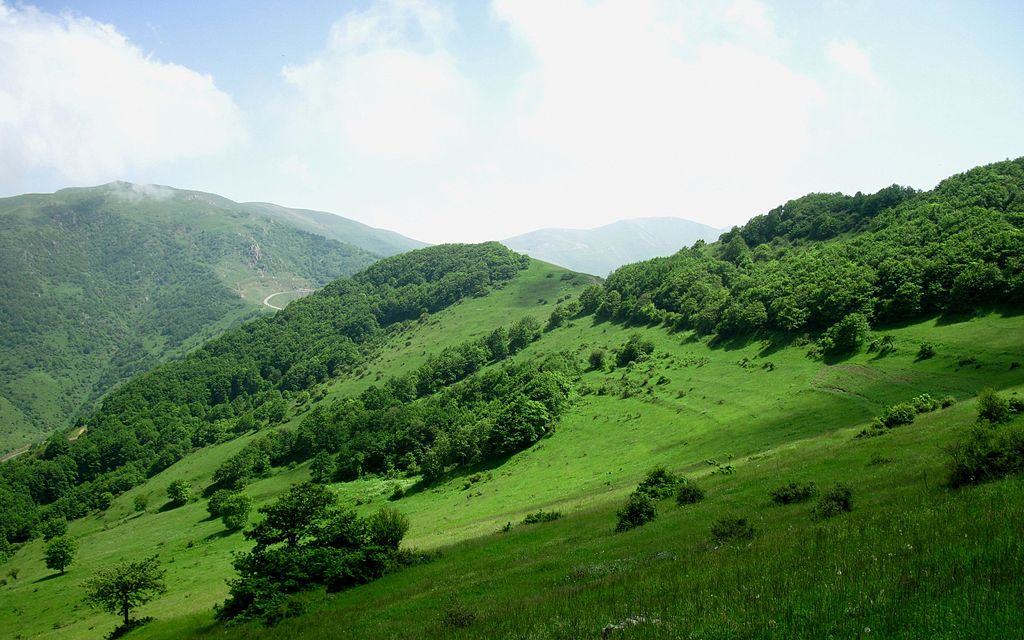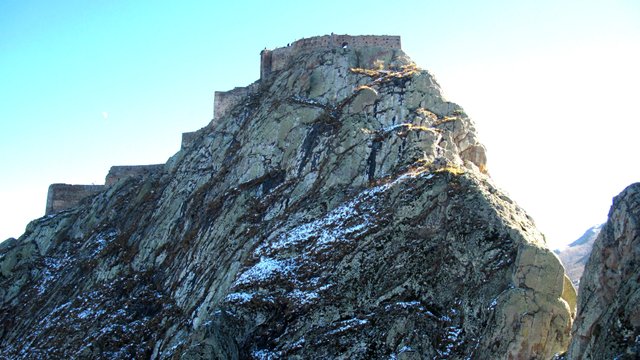**Kaleybar, Land of Beauty**

Kaleybar, known as Badd or Baddayn (or Bedh) in Islamic chronicles, was the stronghold of Babak Khorramdin who, in 816 AD, revolted against Islamic Caliphate. Babak's resistance was ended in 836 when he was defeated by the Iranian General Afshin, acting on behalf of the Caliphate. The events of the two decades long tumultuous times subjected the town to the reports of early Islamic historians.

The first reference to Kaleybar has been by Al-Masudi in The Meadows of Gold, Babak revolted in Bedh region with the deciples of Djavidan ... Following a series of defeats Babak was blockaded in his native town..., which even now is known as Babak's country.
Ibn Athir in his book, The Complete History, has devoted many pages to the description of battles which took place in Kaleybar between the Armies of Caliphate and Babak's forces.
Yaqut al-Hamawi, writing in early thirteenth century, describes Kaleybar as the followin, County between Azerbaijan and Erran. This is where Babek resisted when he rebelled against Mo'taçem. We know these verses Bokhteri
God protects you, great warrior who, in the days of Babak, have reversed the doors of the ungodly;
It is you who have taken their city Bedh that you covered the shamelessness in it.
There was a near Bedd, says the poet Mo'çer, a place of an area of about three acres, every time we say the name of God, a hidden voice responds. This is where the Red-Wearing Ones, also called the Khurramites raised the standard of revolt led by Babak ', this is also they expect EI-Mehdi. At the bottom, flows a large river which has the property of curing the most inveterate fevers. The Arax river flows on the border. This county produces pomegranates of incomparable beauty, excellent figs and grapes that are dried on fires (because the sun is always obscured by thick clouds).
Hamdallah Mustawfi, writing in mid fourteenth century, mentions Kaleybar as, A village of Azerbaijan, in the woods near a mountain which comprises a fortress. Below flows a river. The country produces wheat and fruit, and its inhabitants, who are Turks or Mongols, follow the rite of Schafey.
Kaleybar, perhaps, suffered enormously during Russo-Persian War (1804–13) and Russo-Persian War (1826–28) due to its proximity to the war zone. Moreover, through the involvement of Arasbaran tribes in armed conflicts during the Persian Constitutional Revolution, Kaleybar should have experienced a tumultuous period.
Thanks for reading
Please Follow&Vote, to support me
Boost Your Post With Free upvotes
http://steem.link/clYvD